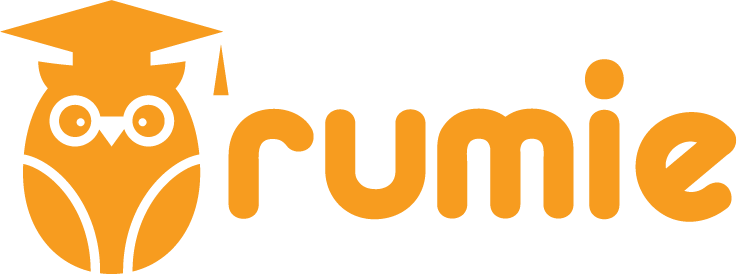Ever notice how some students need to hear it, others need to see it, and a few need to move through it to really get it? Every classroom is full of unique, multidimensional learners — and if it feels like your students are all tuning in on different frequencies, you’re not wrong. That’s where multisensory learning comes in.
Multisensory learning is an educational approach that engages multiple senses simultaneously during the learning process. While it’s often linked with early childhood education or learning differences like dyslexia, the truth is: multisensory learning strategies benefit everyone.
Whether you’re working with early learners or older students, these tools can help you create deeper, more engaging learning experiences — and maybe even bring a little more joy to your teaching along the way.

What is Multisensory Learning?
Have you ever noticed how you can remember the chorus to your favourite childhood song, but struggle to remember why you walked into the other room? That’s the idea behind multisensory learning.
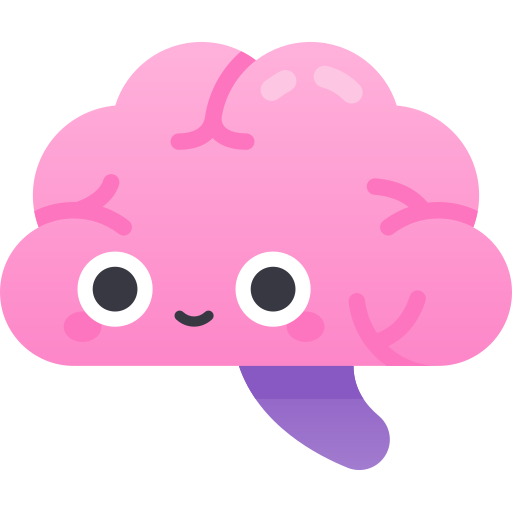
By engaging sight, sound, touch, movement, and more, this approach helps people process and remember information in ways that feel natural, engaging, and meaningful.

How Does Multisensory Learning Work?
Multisensory learning works by engaging more than one sense at a time to help the brain process and internalize information. I use it regularly with the students I tutor. When I have students who struggle with sitting still or remembering things, I'll engage multiple senses.
Depending on the student, I'll use tools like:
Fidget toys to help students stay focused.
Popping mats for emotion regulation shaving cream for and spelling. 😶🌫️ 🔤
Having students record themselves saying words for playback. ⏮
By engaging other senses, students are able to internalize information more effectively.
Quiz
Imagine a student learns a new vocabulary word by hearing it, seeing it written, and tracing the letters with their finger. How does this multisensory approach help the student?
Learning With the Senses
While learners may have preferences, research suggests that learning is most effective when multiple modalities — and the five senses — are engaged: sight, sound, touch, and even taste. Using a combination of these approaches helps deepen understanding and improve retention.
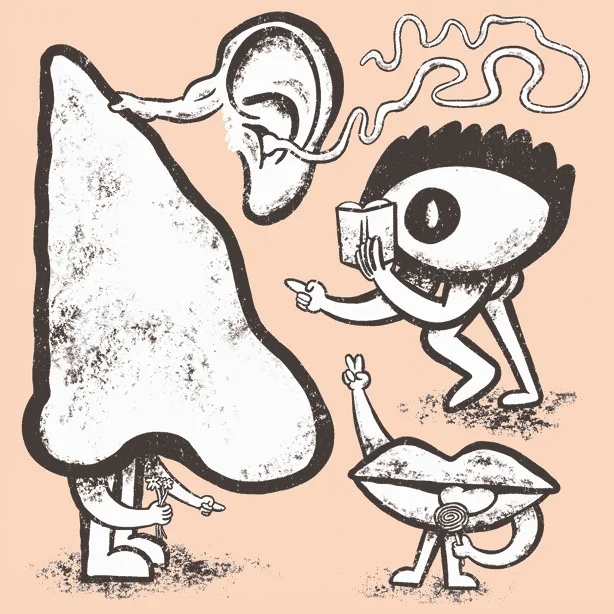
Visual: Learners benefit from seeing information in visual formats such as maps, infographics, flow charts, and graphs. Combining visuals with other modalities strengthens comprehension and memory. 👁
Auditory: Learners gain from listening to lectures, discussions, or audio content. Pairing auditory input with visual cues or hands-on activities enhances understanding. 👂🏼
Reading/Writing: Learners engage best with text-based materials like manuals, essays, reports, and written assignments. Integrating reading and writing with visual or practical experiences deepens learning. 📚
Kinesthetic: Learners prefer “learning by doing,” including hands-on activities, simulations, and case studies. Combining movement and practice with other modalities reinforces knowledge. 💨
Key idea: While learners may have a dominant preference, blending multiple modalities —seeing, hearing, reading/writing, and doing — creates the richest, most effective learning experience.
Multi-Sensory Learning in Practice
We all have certain preferences, but that doesn't define who we are. Every person can identify what methods do and don't work for them. Learning styles as a definitive theory have been debunked.

Instead, research suggests that multisensory learning — or engaging multiple senses — is a suitable alternative. By combining multiple sensory experiences, students deepen comprehension, increase engagement, and strengthen their memory of the material.
How might multisensory learning help us when teaching? Let's look at reading instruction as an example:
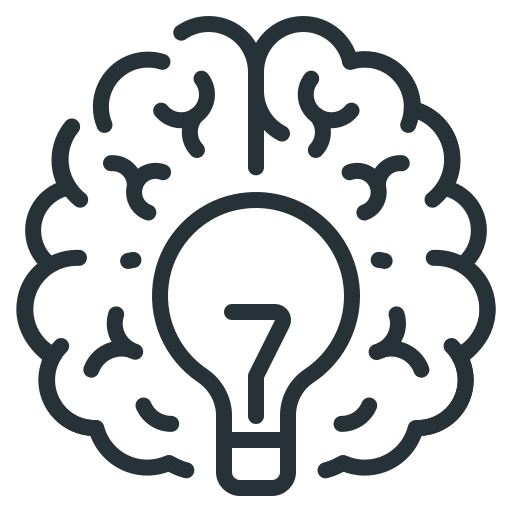 Reading Instruction
Reading Instruction
Visual 👁
Use colourful storybooks, illustrated texts, or graphic organizers.
Example: Highlight key words in different colours, or use a mind map to show story structure.
Auditory 👂🏼
Read aloud to the student or have them read aloud.
Example: Play an audiobook version while following along in the text, or encourage students to echo read to reinforce fluency.
Reading/Writing 📚
Include activities that require text interaction.
Example: Have students write a short summary, answer comprehension questions, or create their own story ending.
Kinesthetic 💨
Incorporate movement or hands-on activities.
Example: Use letter tiles to build words, act out scenes from the story, or have students physically sort sentences into the correct order.
Taste & Touch 🍫🖐️
Engage other senses where possible to make the story tangible.
Example: If reading a story about baking, let students smell or taste a small treat, or touch textured props related to the story (like fabric swatches for clothing in the narrative).
Quiz
A teacher wants to help students better understand a story by engaging multiple senses. Which of the following activities is NOT an example of using sensory learning in reading instruction?
Supporting Multisensory Learners
It's impossible to cater to every learner perfectly, but that doesn't mean you can't find approaches that are supportive and beneficial to enact in your classroom.
Try these tips to support multisensory learners and increase engagement.

Combine Visual, Auditory, and Tactile Elements
Use videos with captions or read aloud while showing visuals.
Pair diagrams with visual explanations.
Example: As an ESL teacher, I would do this by describing a daily routine using a diagram, and point to the diagram as I explain.)

Include Hands-On Learning
Use manipulatives or physical elements to teach concepts.
Incorporate movement or role plays.
Example: I would have students play charades and act out their daily routines to one another.
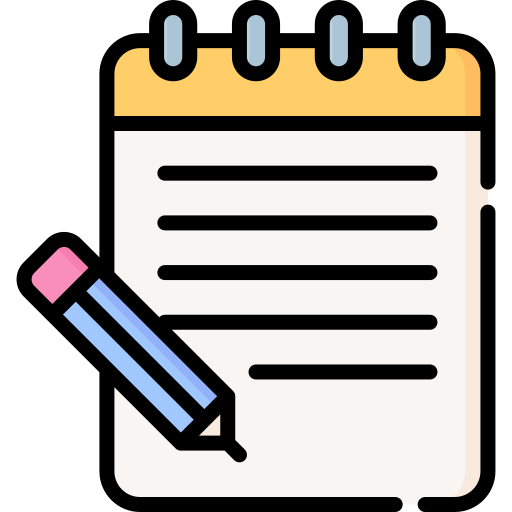
Encourage Interactive Note-Taking
Encourage students to try different methods such as color coding or foldable notes.
Example: Give students the option to use "copy, cover, close" notes — these include opportunities for students to use a model to copy the teacher's work, students then cover the notes or close their eyes to internalize the information.
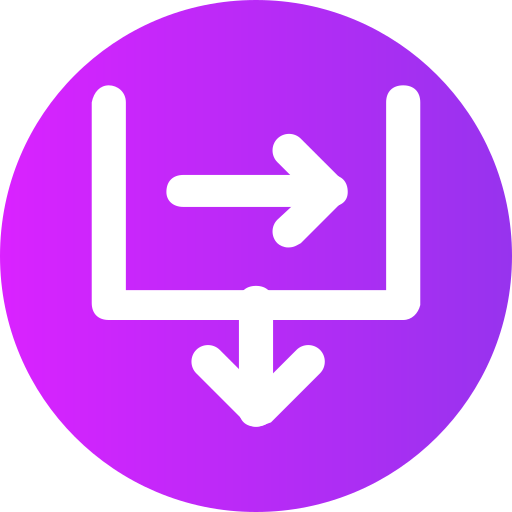
Support Different Input and Output Options
Let students demonstrate what they have learned through different forms.
Example: Have students create posters, presentations, skits — not just written tests.
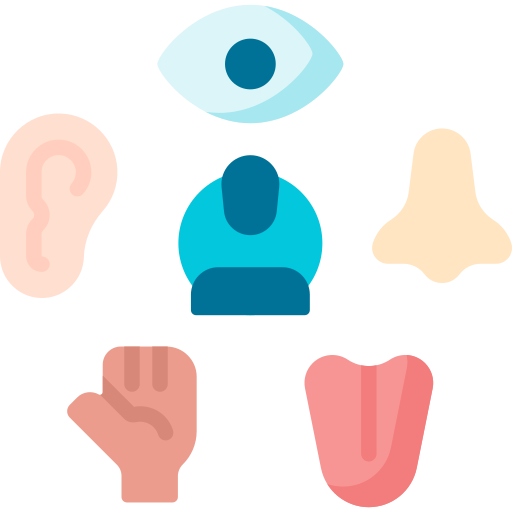
Create Sensory-Rich Routines
Use different textures and resources in your lessons will help engage different learners.
Example: Bring in sandpaper boards, felt lettering, and essential oils (but be mindful of student sensitivities).
Take Action
Want to make your next lesson more engaging and effective?
Try adding just one extra sensory element — maybe it’s walking students through a diagram as you explain it out loud, or asking them to act out a new word or sketch something they hear.
Layering sensory input helps ideas land and stick, especially for diverse learners. Give it a go this week and see how multisensory learning shifts the energy in your classroom!

Your feedback matters to us.
This Byte helped me better understand the topic.
